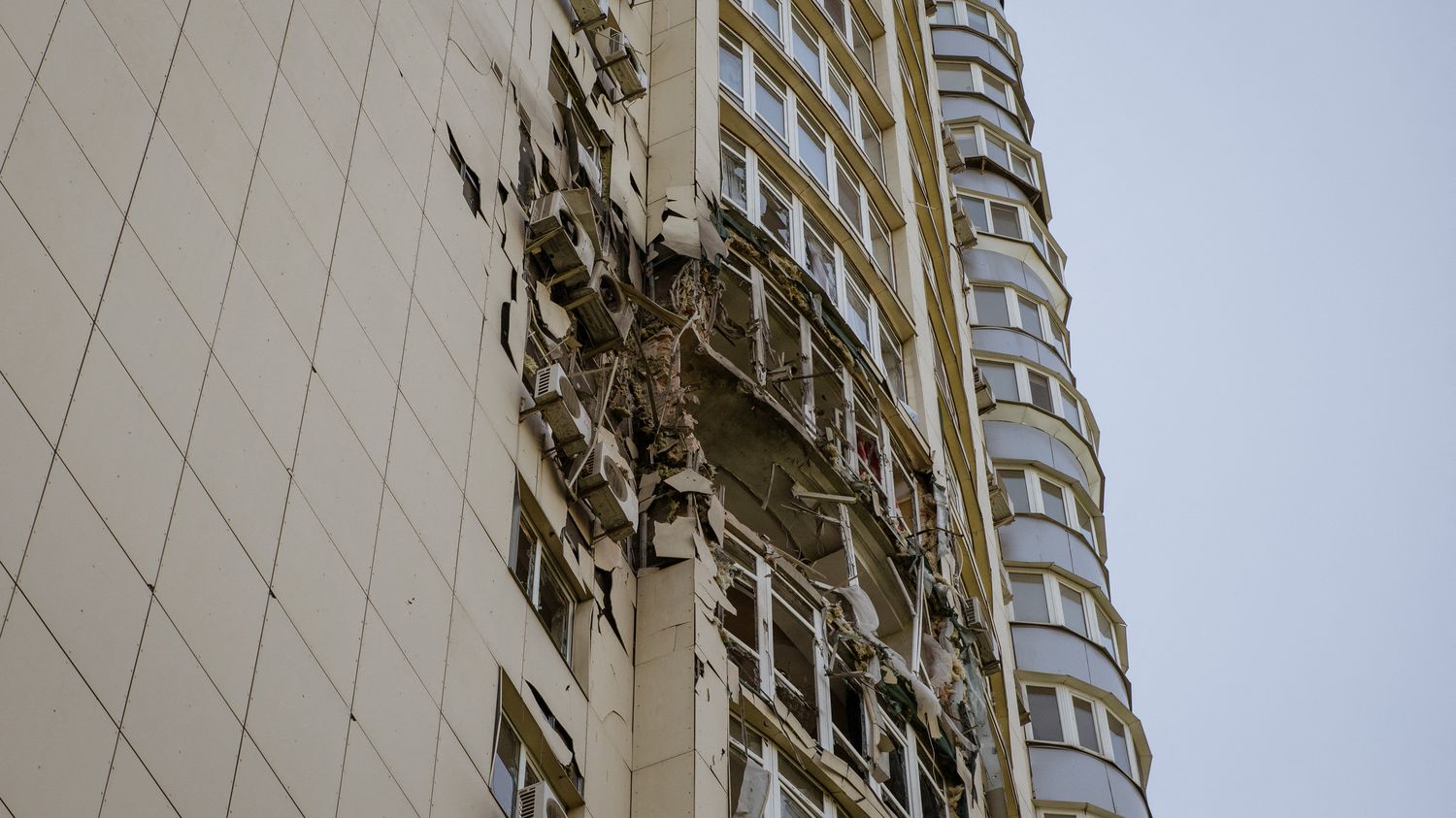Microprocessors and semiconductors produced in Western countries have been found in these Shahed-136 kamikaze drones.
A “key weapon” of the Russian invasion of Ukraine, some elements of which actually come from Western countries. Components produced by 18 companies based in the United States, Germany and Japan have been found in Shahed-136 drones used by Russian forces in Ukraine. This is the conclusion of a new report by the NGO International Partnership for Human Rights (IPHR) with the Independent Commission Against Corruption in Ukraine (Nako), Truth Hounds, which investigates war crimes in Ukraine, and law firm Global Diligence.
Microprocessors or semiconductors of Western origin were found in Shahed-136 drones shot down in Odessa and Cherkassy last year. These kamikaze drones, of Iranian origin, are widely used by Russia in the conflict. In May, more than 300 such devices were used to attack different targets in the country, according to the British Ministry of Defense. “The elements we have identified in our report are vital to the Russian war effort,” points out Simon Papuashvili, program director at IPHR, which investigates war crimes. “Without these components, Russia and its allies will not be able to produce sophisticated weapon systems crucial in this war.”
More than 30 Western components found
According to Nako’s analysis of the two drones shot down in Odessa and Cherkassy, “the type of components [occidentaux] found within the Shahed-136 varies, but it is clear that they make a real and substantial contribution to their overall capability.”
Several components from no less than 15 American companies, such as Texas Instruments or Analog Devices, were found in the devices shot down in Ukraine. These include microprocessors, semiconductors and even flash memory. Four components produced by a Japanese company, including integrated circuits, were also found, all as components of a Canadian company, a German company (also based in the United States) and a Swiss company. In total, the report cites 34 Western components found in the Shahed drones that were examined.
Several companies concerned responded to this survey. “Marvell is appalled that any of its products are being used in Russian weapons. Marvell does not sell to the Russian military or government. (…) We don’t know how these parts ended up in Russia,” reacts Marvell Technology. “TI does not sell any products in Russia, Belarus or Iran”, also insures Texas Instruments.
“Ignorance is not a valid moral or legal defense”, replies Simon Papuashvili. “Civil society investigators can analyze supply chains and identify suspicious intermediaries who often deliver directly to the Russian Defense Ministry or the FSB”. For the program director of IPHR, if these investigators can do it, “big business certainly has the resources to maintain better oversight (…) to avoid being directly or indirectly complicit in serious human rights abuses.”
Drones used in apparent war crimes
According to the report, Russian forces used more than a thousand “unmanned aerial vehicles” to target civilian infrastructure in Ukraine between September 2022 and May 2023, including critical energy infrastructure.
The study conducted by IPHR and its partners examines ten cases of drone attacks carried out in Ukraine, which killed 15 civilians and injured 42 others. These attacks also “destroyed or damaged nine critical infrastructures, 13 civilian homes and four other civilian infrastructures”. The investigation cites in particular an attack by a Shahed-136 drone in Ladyjyn in October 2022, which damaged a thermal power plant and left 18,000 civilians without heating for two months last winter. Another detailed fact: drone attacks on a school and two dormitories in Rzhyshchiv, in the kyiv region, which left 9 dead and 29 injured.
By targeting these infrastructures and civilians, these facts “may constitute serious violations of international humanitarian law and war crimes”, point to the report.
